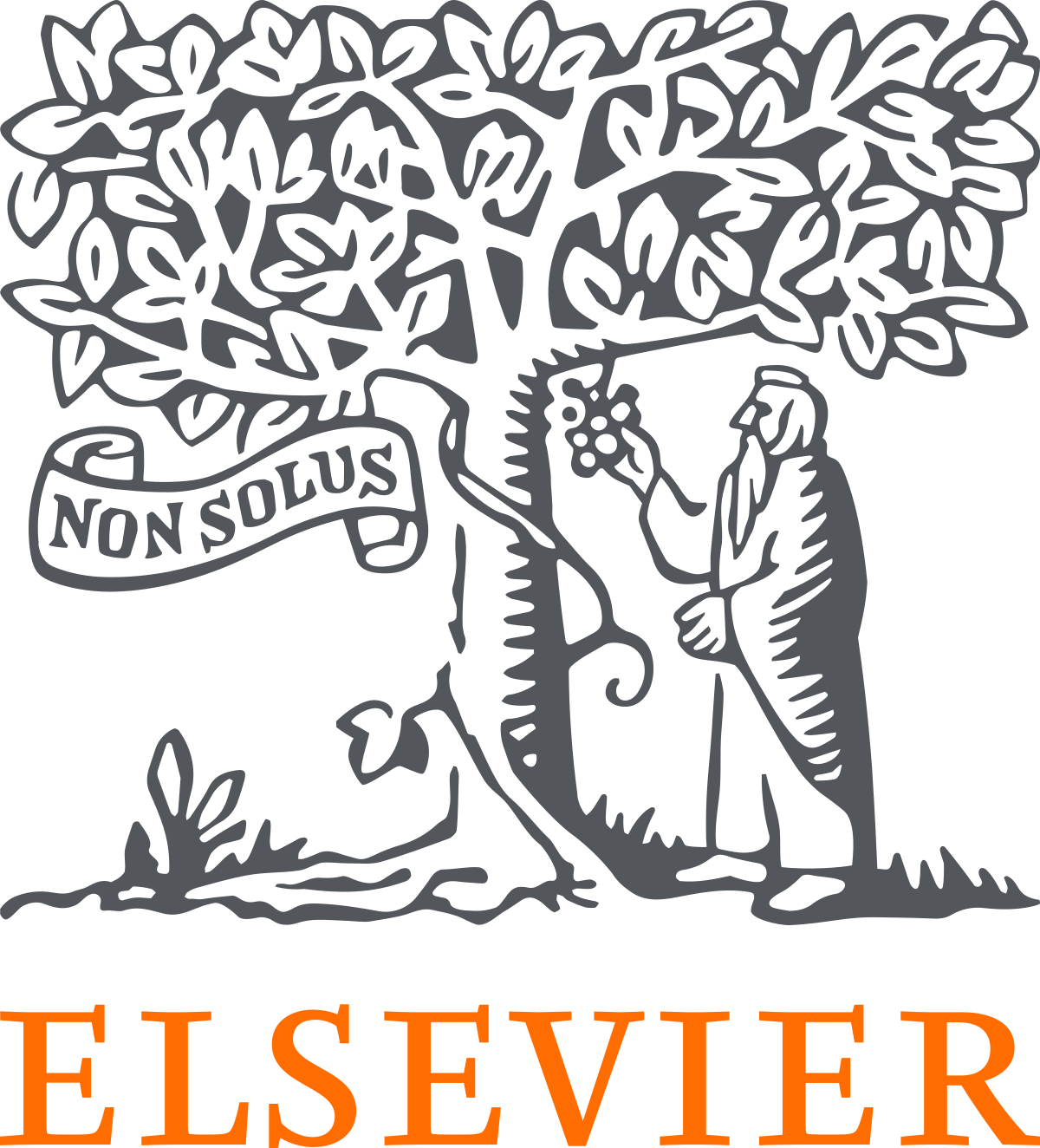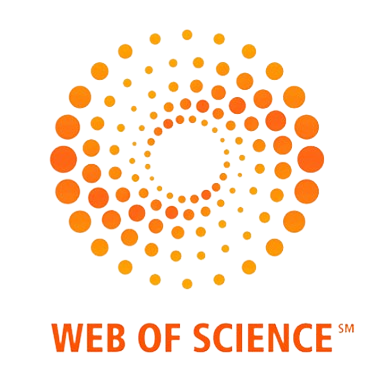International Conference on Deep Learning and Artificial Intelligence (IC-DLAI)

Articles
Graphene-Mediated Electrodeposition: Toward Sustainable Copper Composite Alloys in Graphene Matrix
Hayley Richardson,Charles Bopp,Bao Ha,Reeba Thomas andKalathur S.V. Santhanam
Year: 2021| Conference Paper | Publisher: Scitech Conference Xplorer
Abstract:
Sustainable Energy Requalification of Existing Residential Buildings: A Decision Support Tool. Case Study: Trevignano Romano
Luciano Argento,Francesco Buccafurri,Angelo Furfaro,Sabrina Graziano,Antonella Guzzo,Gianluca Lax,Francesco Pasqua andDomenico Saccà
Year: 2021| Conference Paper | Publisher: Scitech Conference Xplorer
Abstract:
Triple-Layer Biomimetic Muscle: Simultaneous Sensing and Actuation in Soft Robotics
Francisco García-Córdova,Antonio Guerrero-González,Joaquín Zueco andAndrés Cabrera-Lozoya
Year: 2021| Conference Paper | Publisher: Scitech Conference Xplorer
Abstract:
Deformable Hydrogel Microrobots: Exploring Biomedical Applications
Qinghua Cao,Wenjun Chen,Ying Zhong,Xing Ma andBo Wang
Year: 2021| Conference Paper | Publisher: Scitech Conference Xplorer
Abstract:
Exploring the Role of Social Robots in Healthcare: A Review of Characteristics, Requirements, and Technical Solutions
Luca Ragno,Alberto Borboni,Federica Vannetti,Cinzia Amici andNicoletta Cusano
Year: 2021| Conference Paper | Publisher: Scitech Conference Xplorer
Abstract:
Monolithic PneuNets Soft Actuators: Design, Production, and Characterization Methodologies for Robotic Rehabilitation
Monica Tiboni andDavide Loda
Year: 2021| Conference Paper | Publisher: Scitech Conference Xplorer
Abstract:
Reviewing Prognostics and Health Management of Rotating Machinery in Industrial Robots with Deep Learning Applications
Prashant Kumar,Salman Khalid andHeung Soo Kim
Year: 2021| Conference Paper | Publisher: Scitech Conference Xplorer
Abstract:
Assessing Motion Artifact Correction Methods for Cone-Beam Computed Tomography Images: A Focus on Blood Vessel Geometry
Evaluation of Motion Artifact Correction Technique for Cone-Beam Computed Tomography Image Considering Blood Vessel Geometry
Year: 2021| Conference Paper | Publisher: Scitech Conference Xplorer
Abstract:
Developing a Vision Transformer-Based Classifier for Assessing Damage Severity in Ground-Level Imagery of Homes Impacted by California Wildfires
Kevin Luo andIe-bin Lian
Year: 2021| Conference Paper | Publisher: Scitech Conference Xplorer
Abstract:
Advancing Fidelity Quantification Methods in Computer-Generated Imagery: A Comprehensive Investigation
Alexandra Duminil,Sio-Song Ieng andDominique Gruyer
Year: 2021| Conference Paper | Publisher: Scitech Conference Xplorer
Abstract:
International Conference on Sustainable Energy and Materials Engineering (ICSEME)
International Conference on Biomedical Robotics and Computational Imaging (ICBRCI)
International Conference on Smart Cities and Civil Infrastructure (ICSCCI)
International Conference on Aerospace Technologies and Data Science (ICATDS)
International Conference on Renewable Resources and Chemical Engineering (ICRRCE)
International Conference on Cyber-Physical Systems and Electrical Engineering (ICCPSE)
International Conference on Robotics in Manufacturing and Environmental Engineering (ICRMEE)
International Conference on Advanced Materials and Mechanical Engineering (ICAMME)
International Conference on Nanotechnology for Electrical Systems (ICNES)
International Conference on Geotechnical Innovations and Computer-Aided Design (ICGICAD)
International Conference on Water Resources and Environmental Engineering (ICWREE)
International Conference on Intelligent Transportation Systems and Structural Engineering (ICITSE)
International Conference on Sustainable Energy and Materials Engineering (ICSEME)
International Conference on Biomedical Robotics and Computational Imaging (ICBRCI)
International Conference on Smart Cities and Civil Infrastructure (ICSCCI)
International Conference on Aerospace Technologies and Data Science (ICATDS)
International Conference on Renewable Resources and Chemical Engineering (ICRRCE)
International Conference on Cyber-Physical Systems and Electrical Engineering (ICCPSE)
International Conference on Robotics in Manufacturing and Environmental Engineering (ICRMEE)
International Conference on Advanced Materials and Mechanical Engineering (ICAMME)
International Conference on Nanotechnology for Electrical Systems (ICNES)
International Conference on Geotechnical Innovations and Computer-Aided Design (ICGICAD)
International Conference on Water Resources and Environmental Engineering (ICWREE)
International Conference on Intelligent Transportation Systems and Structural Engineering (ICITSE)
International Conference on Sustainable Energy and Materials Engineering (ICSEME)
International Conference on Biomedical Robotics and Computational Imaging (ICBRCI)
International Conference on Smart Cities and Civil Infrastructure (ICSCCI)
International Conference on Aerospace Technologies and Data Science (ICATDS)
International Conference on Renewable Resources and Chemical Engineering (ICRRCE)
International Conference on Cyber-Physical Systems and Electrical Engineering (ICCPSE)
International Conference on Robotics in Manufacturing and Environmental Engineering (ICRMEE)
International Conference on Advanced Materials and Mechanical Engineering (ICAMME)
International Conference on Nanotechnology for Electrical Systems (ICNES)
International Conference on Geotechnical Innovations and Computer-Aided Design (ICGICAD)
International Conference on Water Resources and Environmental Engineering (ICWREE)
International Conference on Intelligent Transportation Systems and Structural Engineering (ICITSE)

+91 9888374777
icmsetm@scitechconference.org







